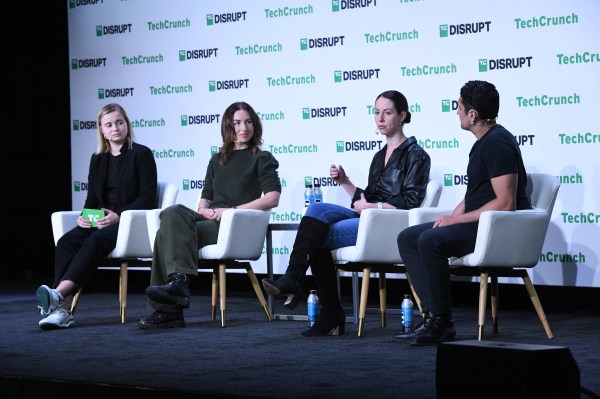The person a founder chooses to back their company is important beyond the capital these investors provide. Each backer brings specific experiences and networks that can help founders in various ways. Getting the right people involved in a company early is instrumental in helping it grow.
Ashley Mayer, a co-founder and GP at Coalition Operators; Robby Robson, a partner at Cowboy Ventures; and Richie Serna, a co-founder and CEO at fintech startup Finix, took to the stage at TechCrunch Disrupt 2023 to discuss why building an equitable cap table is important for startup founders and what that process can look like.
For some, an equitable cap table means specifically seeking out investors who are from nontraditional or underrepresented backgrounds. For others, it means being intentional about picking investors with different experiences or résumés. And often, building an equitable cap table will include a bit of both.
Founders should look to bring on investors who can work as an extension of the founding team, Mayer said. “Especially in the early stages, and especially in this economy, where you’re being asked about [running] much more efficiently with smaller teams, [founders have the ability to create] cap tables and opportunities to build an incredible bench of people around you and people that you wouldn’t be able to hire directly,” she said.
Serna said that when he was building the cap table for his startup, he wanted to bring in unique backers who came with skills sets that aren’t common with VCs. He brought in employees at Visa Latin America and a friend trying to break into venture who ended up joining a well-known firm shortly after.
He added that while there is definitely a good business case for bringing on a diverse set of investors, it also helps diversify the industry as a whole. “There’s basically 200 people here in Silicon Valley who don’t just concentrate the bulk of investment, they also capture the vast majority of economics when these companies end up going public,” Serna said. “And if you look, I’m pretty sure they don’t look like us. I’m pretty sure they’re not a very diverse group.”
Companies also need to think about who they are making money for, Robson said.
The panelists agreed that even though it’s a tougher fundraising market and many companies may be tempted to take whatever capital they can get, diversifying a cap table might be easier than founders think.
Serna said that founders should think about landing a large investor but then diversifying their cap table by taking on smaller checks from various backers to fill out the round. This allows companies to still get the benefits of these smaller investors who wouldn’t be able to lead a round or invest for a meaningful equity stake. The help that an investor offers is rarely correlated to how large their check was, Robson added.
A good place to start may be finding angel investors who aren’t full-time investors and are working more behind the scenes at startups or large technology companies like Apple or Meta. Companies can find these potential investors through their networks, a database of angel investors like Modern Angels or by attending events, Robson said.
“There are so many amazing events for diverse engineers versus operators in the Bay Area, and our networks [Modern Angels] are very much based on those operators that are also angel investing,” Robson said.
Other founders can also be a great resource for finding potential backers who can diversify the cap table while also bringing a unique skill set to the founders, Mayer said. These founders could introduce companies to other potential backers in their network or already on their cap table, too.
“If you’re a founder, and you’re building, you’ve probably built a community of founders around you. And . . . some of those founders might want to angel invest,” Mayer said. “They probably won’t be enormous checks, obviously, if there hasn’t been liquidity yet.”
Founders should also turn to their VCs; the right investors will both understand the importance of building an equitable cap table and could have a network of people ready to help.
“Having a strong cap table makes you just that much more likely to make it to your next funding round, to achieve product market fit to reach profitability,” Mayer said. “And so you can think of it as like an extended team of people who are there to support you.”
